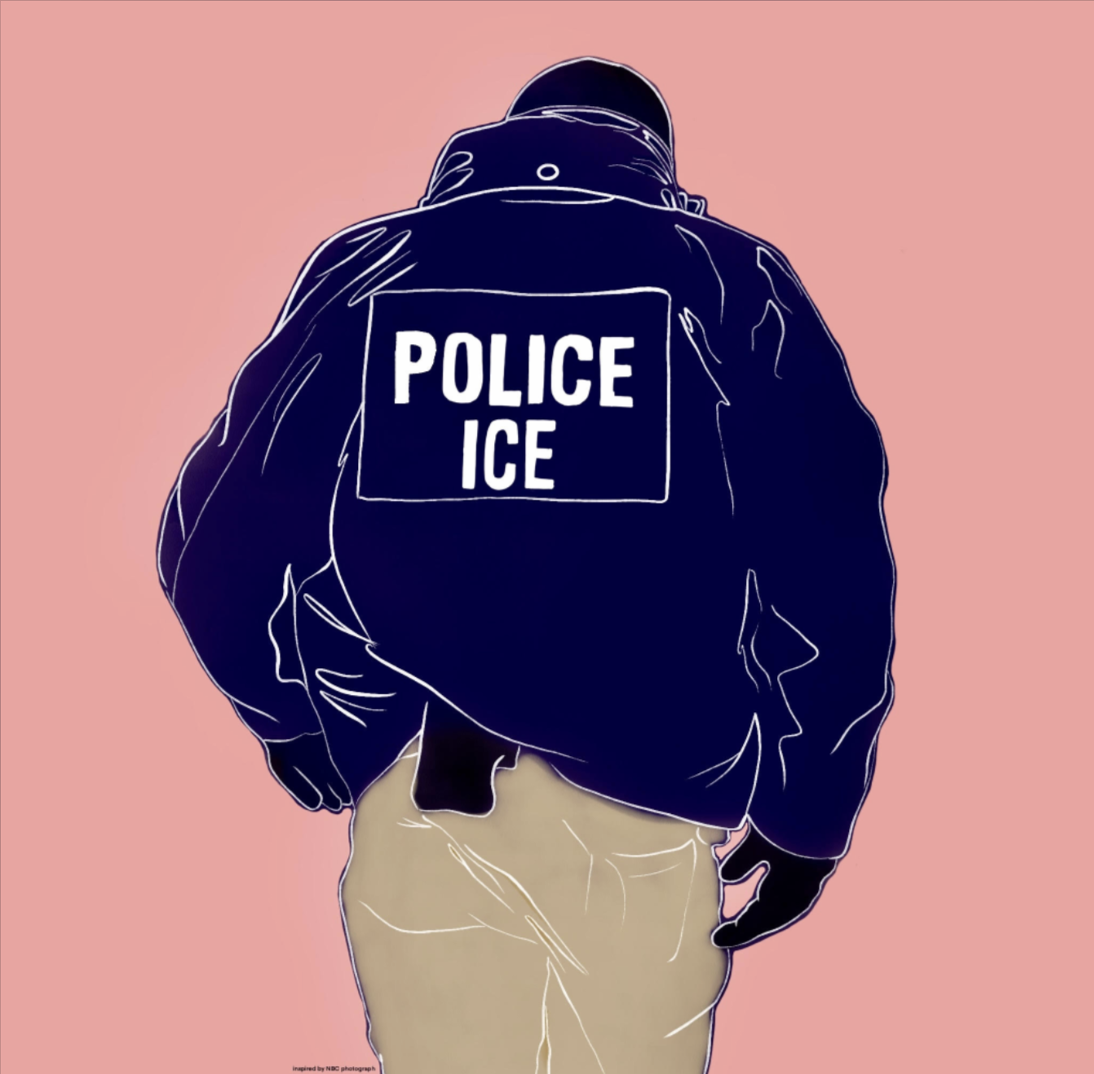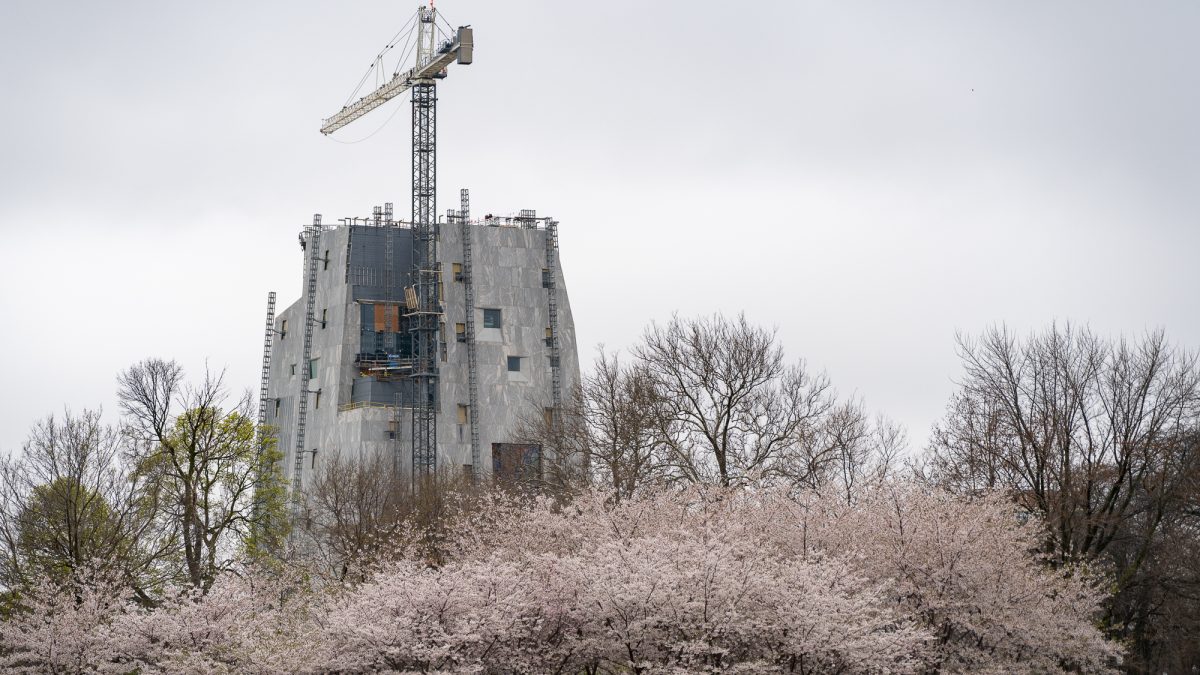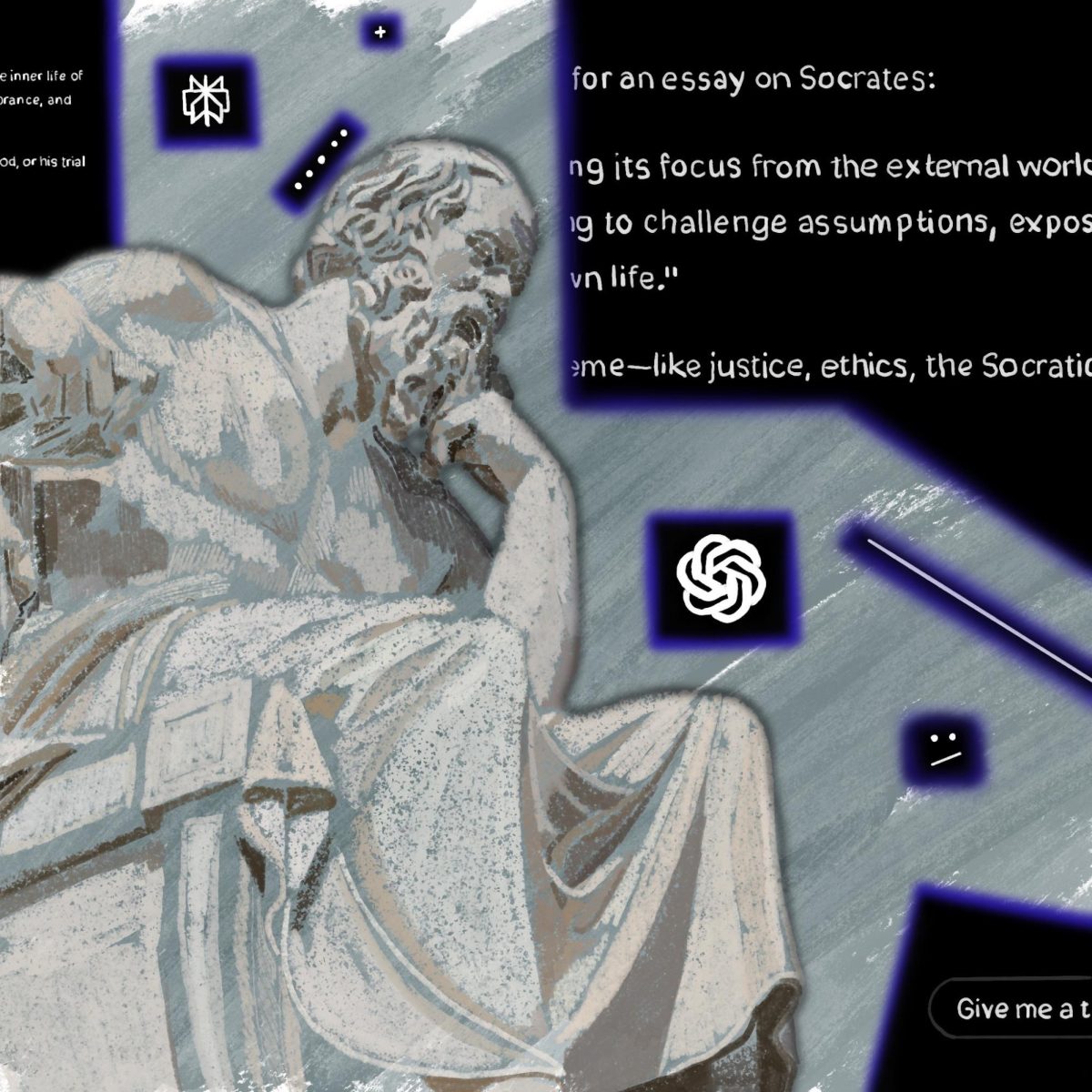Roughly 100 Woodlawn residents, activists, and University of Chicago students joined the ongoing fight to halt the closure of Chicago’s public mental health clinics Thursday and Friday. Chicago has 12 such clinics—six are being closed, and the rest privatized. To no one’s surprise, the closures are mostly in the Southside, among them the Woodlawn Adult Health Center at East 63rd Street and South Woodlawn Avenue. STOP (Southsiders Together Organizing for Power) has been fighting to keep all 12 open and funded for months now. They organized the occupation and rally, which included participation by Occupy Chicago.
And yet, since its start in 1972, back when discussions of public expenditure weren’t limited to “How much can we cut? How can we use the savings on tax exemptions for wealth [read: not job] creation?”, the Woodlawn clinic has helped thousands of struggling, mentally ill people pull themselves back up and continue to live their lives. In spite of the successes and years of service, the mayor’s office sees pork to be cut in the form of the measly $2.3 million needed to fund and staff all 12 clinics. Compare this to the roughly $50 million recently squandered on riot gear and other NATO summit preparations to “keep the peace,” or to the multi-million dollar subsidies recently given to Chicago’s two major exchanges.
As has been amply noted, those whom the clinics serve are the struggling people who may fall into homelessness, turn to crime, or commit suicide. It is widely believed that many of America’s homeless find themselves in that condition precisely because they frequently suffer from mental illness. Instead of appealing to people’s common decency, these closures will represent our collective refusal to equitably share this country’s bounty. We would sooner turn away traumatized veterans, the homeless, the beaten, and the raped (no hyperbole here—these victimized individuals are often the clients of public mental health clinics), and just let the profit incentive exclude those who can’t afford private help.
Arm in arm, dozens of Occupy activists and students human-barricaded the clinic’s three entrances, striving to keep the police from breaking down the doors and arresting the almost 30 people occupying the clinic. We held the police off for almost eight hours, until they finally sawed their way through the back door. In those eight hours, the group I was part of kept its spirits high with chants, songs, jokes, and by sharing our own mental health difficulties—many of us know firsthand what it will be like for the uninsured patients who will have nowhere to go for help come April 30th, when the curtain is set to fall on the clinics.
And of course, there were grim, mostly stone-faced police officers all around us the entire time, “there to protect us,” in one officer’s words (From what? From whom? From ourselves?), making even this kind of light-hearted relationship-building an act of defiance. We regularly offered them food and beverages, but police are forbidden to accept gifts from protesters. Winning their sympathy in this way would break down the positional ties that separate us from them, the barriers without which it would become so much harder for them to rush into a clinic and arrest a bunch of laid-off healthcare workers, the mentally ill, and the homeless, or to forcefully shove us out of the way so that they could get in. As any activist who has faced off with the police before knows, there are very human hearts under those badges. Though the logic of the protest seems to dictate that it must be “us” against “them,” as they will without fail physically remove or arrest us if ordered, it’s a logic I avoid adopting whenever possible.
There was one police officer in particular whom I spoke to many times over the course of the eight hours. He was somewhat sympathetic with our cause, though mostly annoyed that we were “keeping him on the job” well past his shift’s end. He had a great sense of humor, and worked formerly in healthcare. And yet, as seems to be the case for most of the public, he couldn’t understand what we thought we were accomplishing through occupation. When I pointed out that the mayor has refused to meet with STOP members or to consider any path other than that of privatization of public services, and that STOP has already met with almost all of Chicago’s 50 aldermen numerous times to little avail, he acknowledged that maybe there really was nothing left for us to turn to apart from spectacle. When your elected officials are structurally and idiosyncratically barred from putting the interests of the majority first wherever they conflict with the interests of the wealthy few, what can you do short of taking to the streets? Short of occupying the buildings that dispense the vital services people need just to survive in this increasingly distraught and unsympathetic society?
After the police broke through and began zip-tying the occupants, we protesters linked arms again to block the wagons loaded with arrested people. It was surreal: At two opposite ends of a side-alley, a line of unarmed protesters faced off against a line of heavily armed police. They had guns, tasers, mace, flak jackets, radios, cars, cuffs. One officer even had something like a battering ram strapped to his back. Meanwhile, I had a library book in my coat pocket, Said’s Orientalism, and about $75,000 of federal debt on my mind, much of it at 13 percent interest. Library books, college debt, and police gear come from the public weal, as do public clinics. The great irony is, of course, that clinics like the one we are fighting for help keep people off the street, and away from crime and drugs. And the more crime we have, the more politicians sink our money into fancy weapons, aerial drones, and people in blue uniforms. Somehow, this is an easier sell than low-cost public services.
Christopher Ivan is a graduate student in the MAPSS program.







